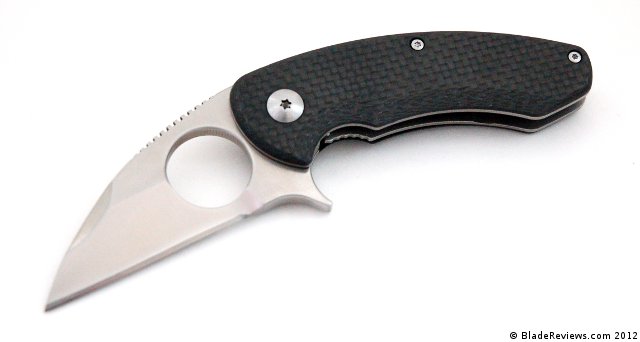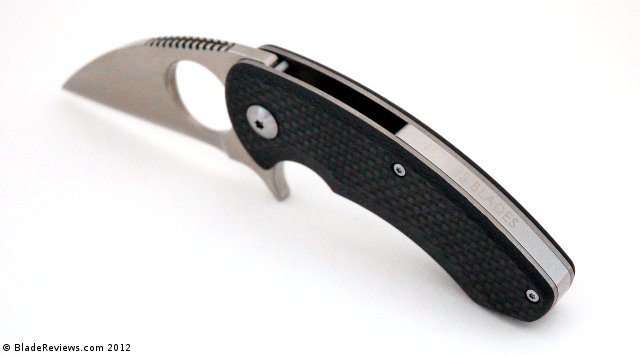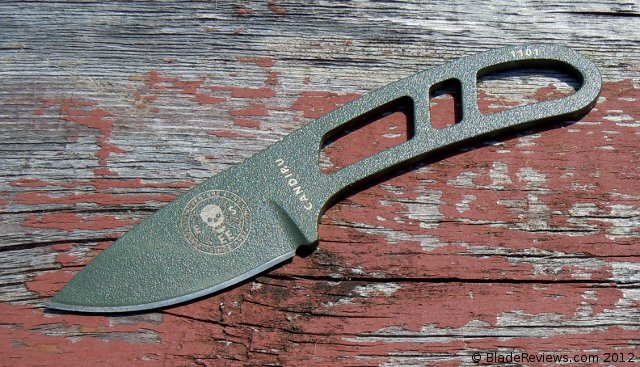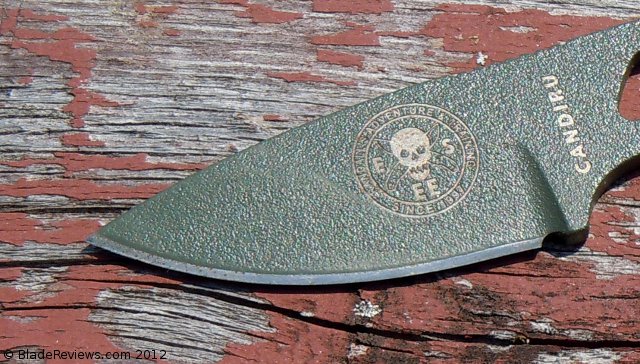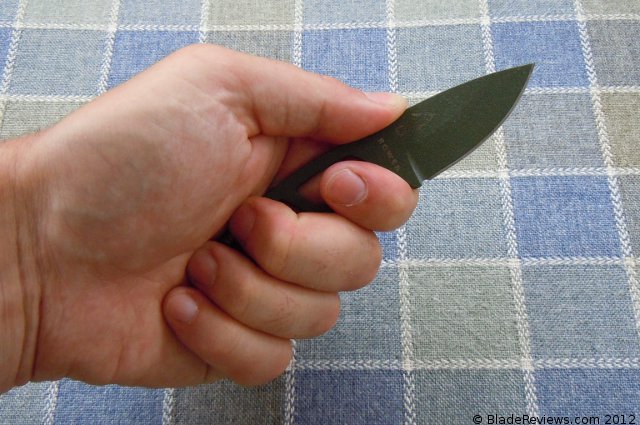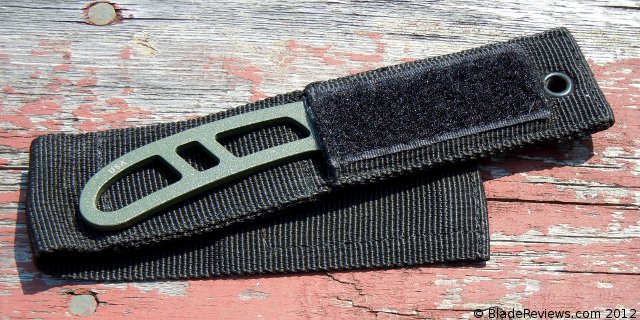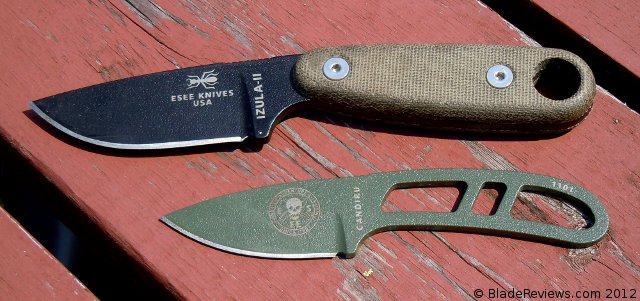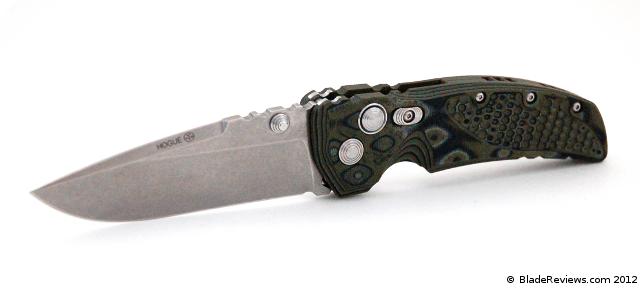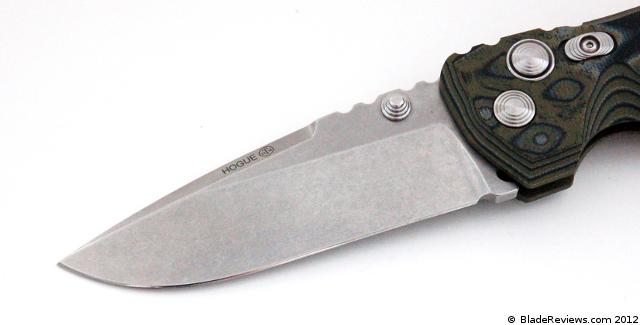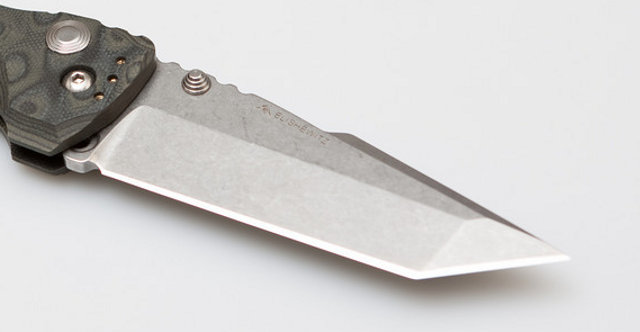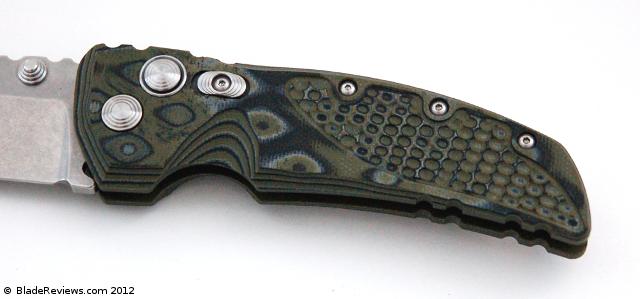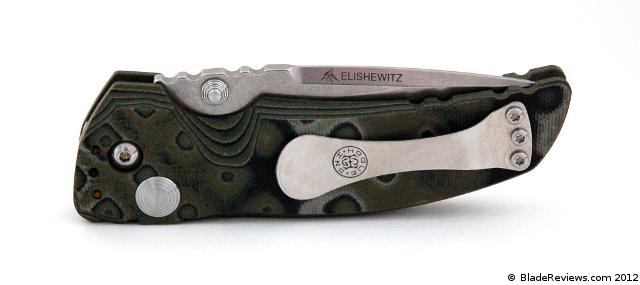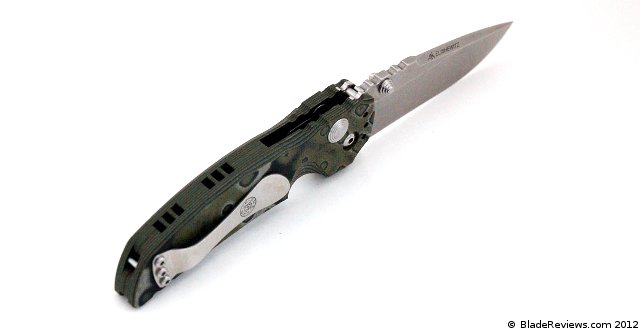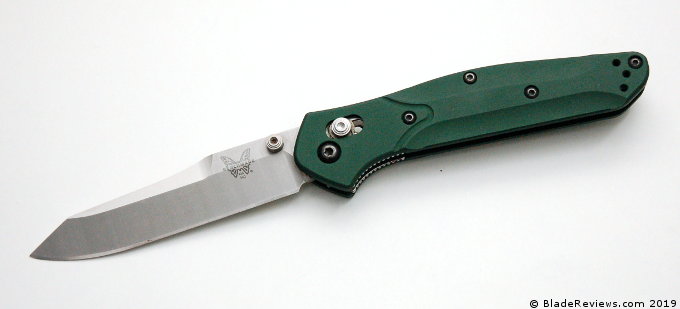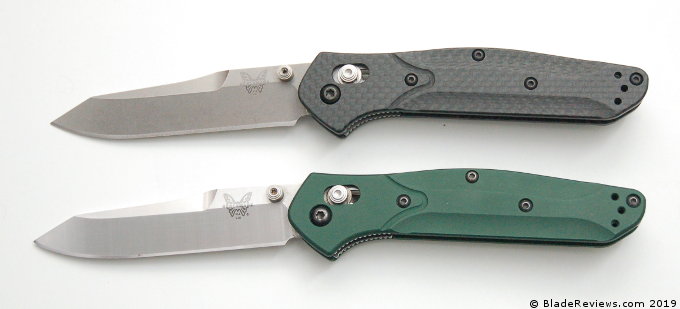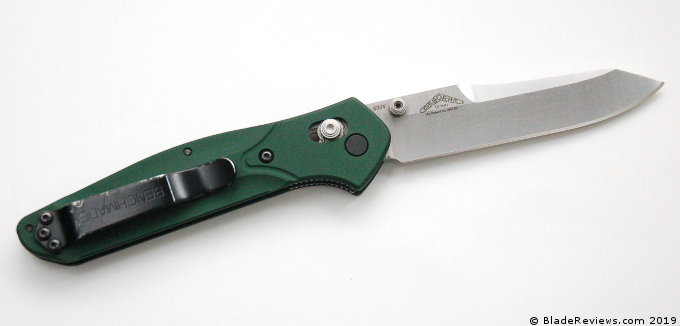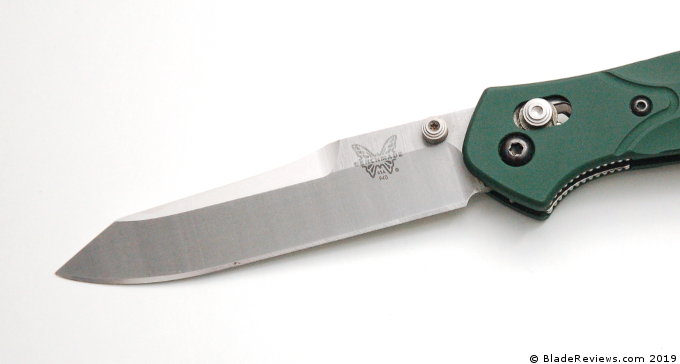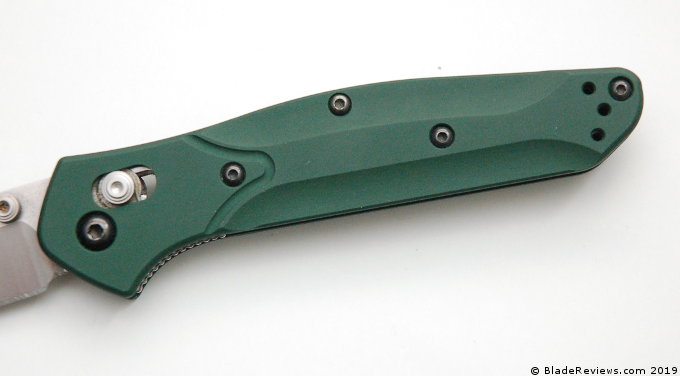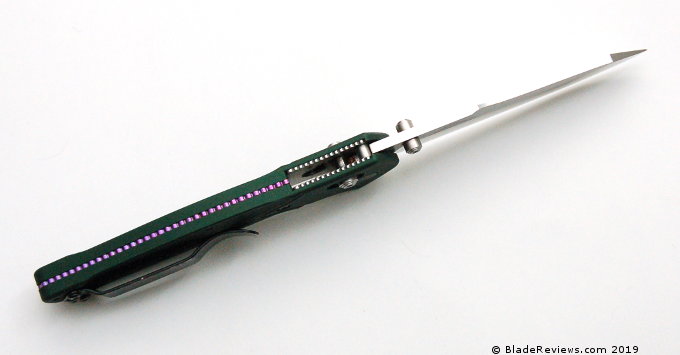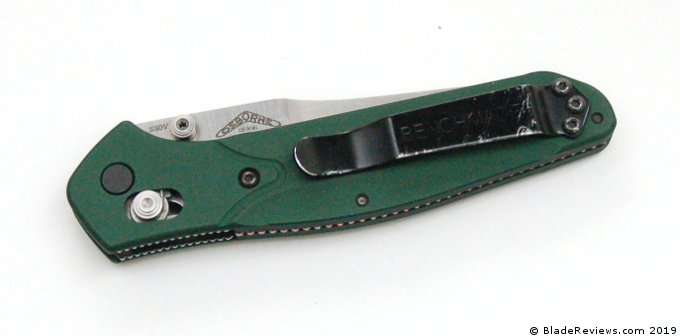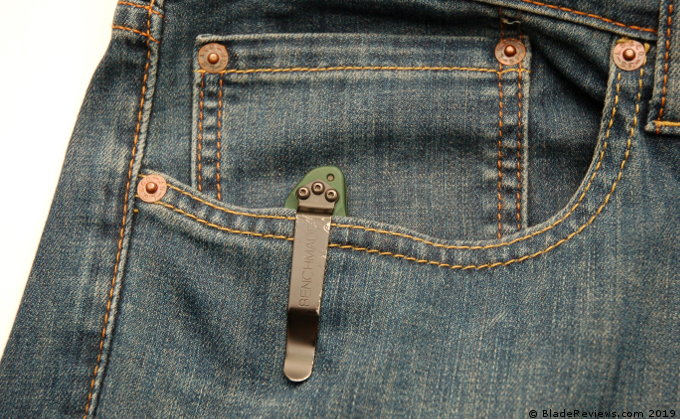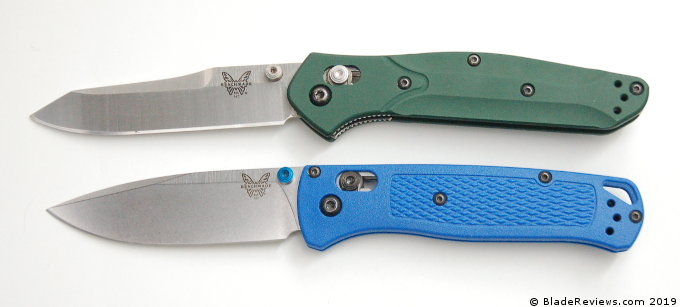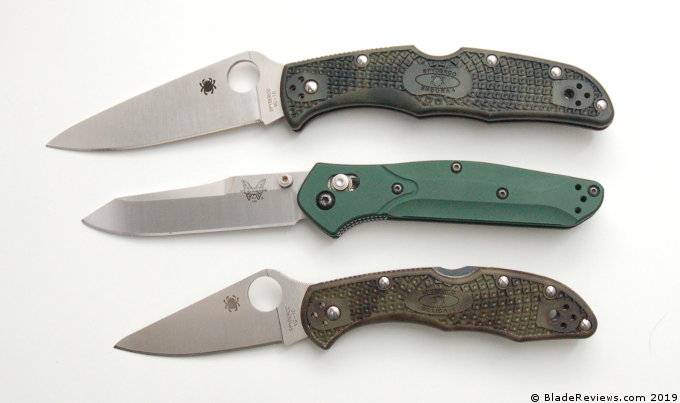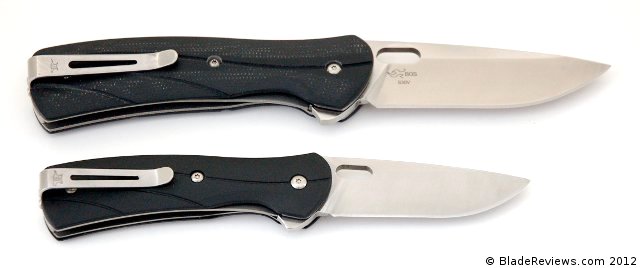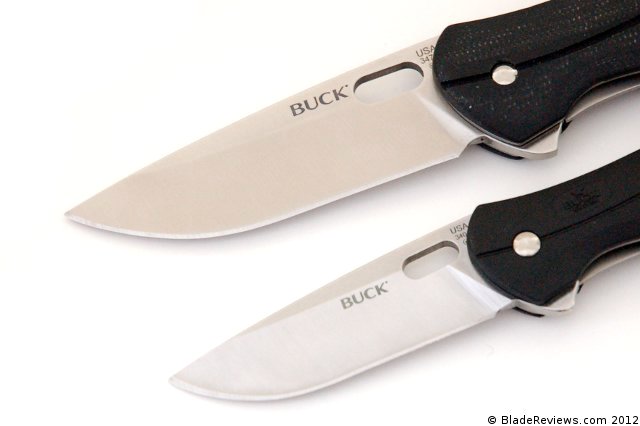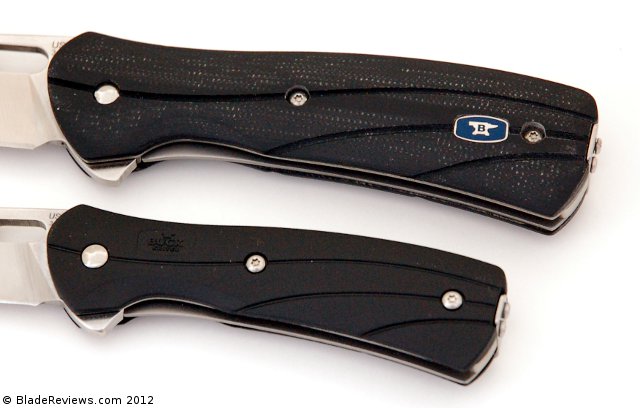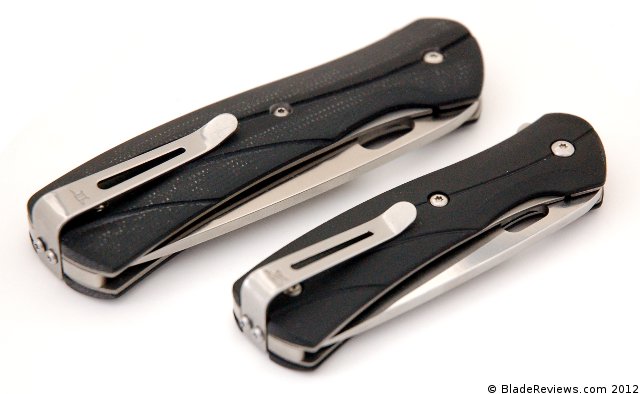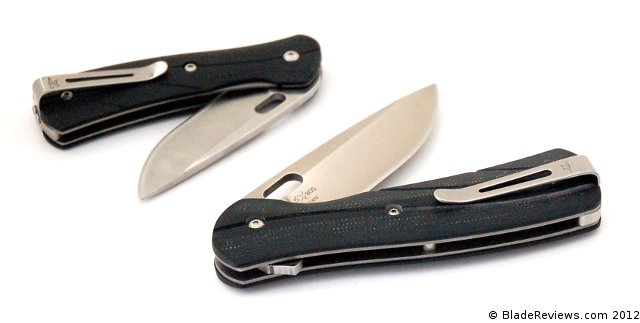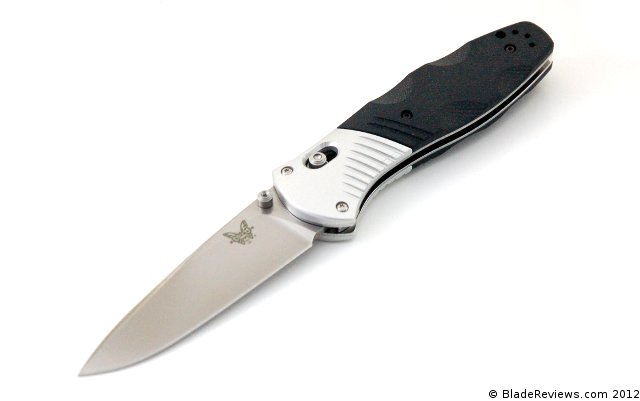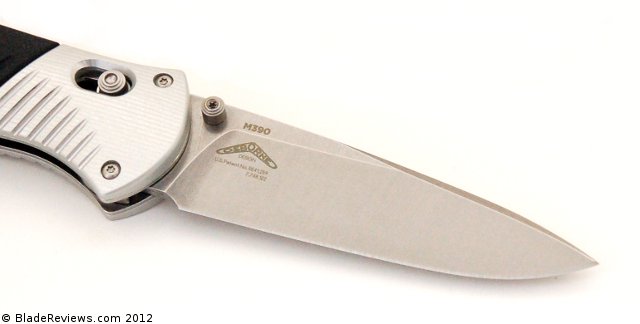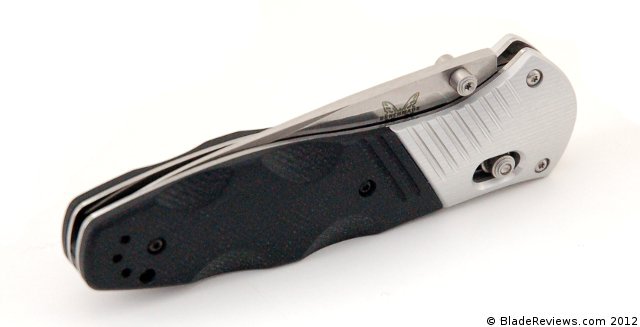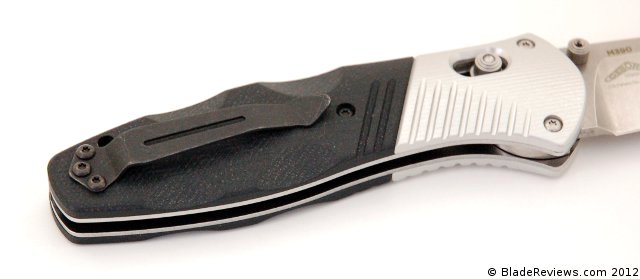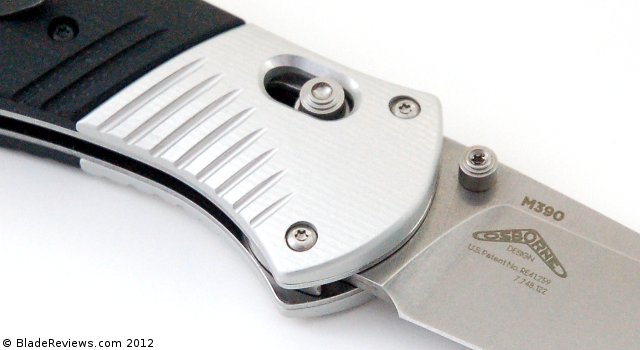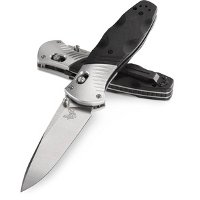Last Updated: August 10, 2019
Ah, it seems like only yesterday I was sitting down with up and coming knifemaker Jason Brous. Jason is a maker that caught my eye early on – his wild designs and youthful ambition told me this would be someone to watch. Lo and behold a year later he has sold hundreds (if not thousands) of Silent Soldier neck knives, signed some sort of deal with major manufacturer SOG, and continues to find time to release one off completely custom blades. Oh, and he also designed and manufactured the Silent Soldier Flipper that I am about to review here.
The Silent Soldier Flipper (or SSF) is Jason’s first midtech folding knife. Limited to 500 pieces, once these are gone, well, that’s it. I happened to snag mine by complete chance, winning a YouTube contest of all things. This fortuitous turn has afforded me the luxury to carry and use this fairly exclusive knife. It’s my pleasure to share this unique folder today.
General Dimensions and Blade Details
The SSF has an overall length of 6.375″, a 2.7″ blade (from tip to handle), and it weighs 4.2 ounces. The knife feels surprisingly lightweight, and has made for an interesting EDC knife. The SSF and it’s predecessor, the Silent Soldier neck knife, have large holes in the blade for you to wrap a finger around. For that reason it has been advertised as something of a self-defense blade. Personally, I haven’t carried the knife as such, but I don’t doubt that some will appreciate the versatility. This review will be examining it from an EDC perspective.
The blade is a distinctive wharncliffe shape, with a sort of half moon profile, a small partial swedge, and of course the very large finger hole. The blade has a partial flat grind and the knife arrived extremely sharp. Despite the blade being 3/16″ (4.76mm) thick the SFF still cuts well. There is no belly, and the chunky stock means this is not the kind of blade you will want to cut up a tomato with, but it’s great for opening boxes and the fine tip of the wharncliffe is always nice for detail work.
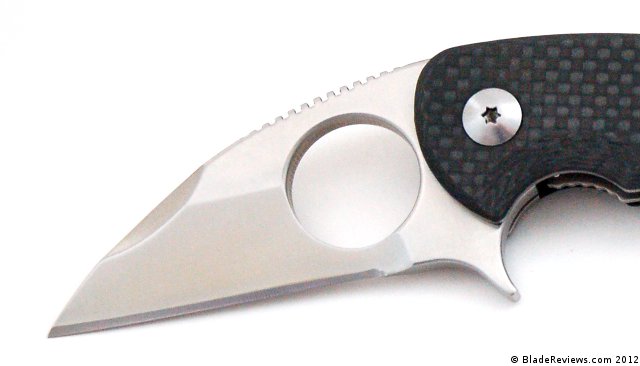
Jason went with D2 for the blade steel, a steel he is very familiar with. I like D2 alright, it’s tough stuff and takes a nice edge. It’s technically not a stainless steel, but I have had no issues with rust or corrosion – and that’s in the Florida summer. No complaints with the steel selection for me, I think it’s a fine choice.
Handle, Ergonomics, and Pocket Clip
The handle features carbon fiber scales over full titanium liners. There is a partial backspacer made of stainless steel. The stainless steel has been bead blasted leaving “BROUS BLADES” lightly stenciled in a kind of art deco font. It’s a neat little detail, and is the only sign of branding on the knife. Overall, construction is very good. Everything is held in place with torx screws, the scales are nicely chamfered, and everything fits flushly together.
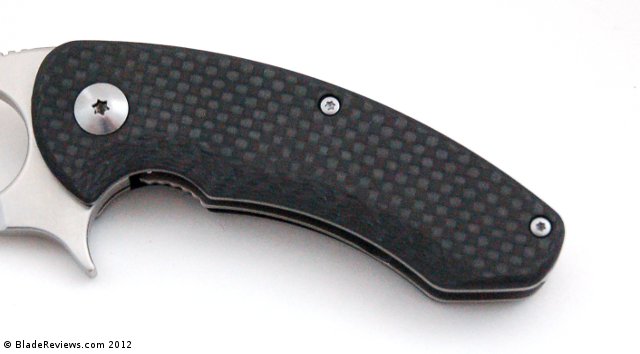
The ergonomics are where things start to really get interesting. Jason’s original Silent Soldier neck knife is known for the variety of grips you could hold the knife in, and the SSF is cut from the same cloth. You can grip the knife traditionally, or make use of the large finger hole and forward choil – or any combination thereof. And of course you also have reverse grips to play around with. I found at least half dozen different ways to handle this knife, and I’m not even that creative. As far as comfort is concerned, the knife feels very good. It’s a wide handle (to accommodate that wide blade) so it fills the hand nicely. As I mentioned earlier, the edges have all been rounded so you never butt up against anything sharp. The jimping that runs the spine of the blade is nice and aggressive, and will definitely hold your thumb in place.
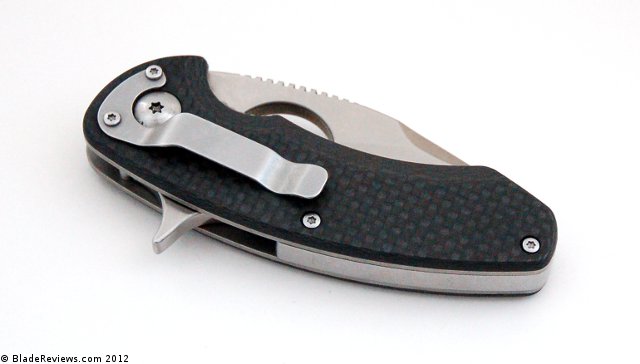
The pocket clip is a small piece of stainless steel that snakes around the pivot. It’s drilled and tapped for right side tip down carry only – lamentable for us tip up fanatics, but not the end of the world either. Retention is good, and I like how it has been given a semi-glossy finish. The clip isn’t particularly deep, but I found that the knife carries well. It’s a solid pocket clip and works for my purposes.
Deployment and Lockup
Being the Silent Soldier Flipper you could guess that some sort of flipper is involved in getting the blade out. That guess would be absolutely correct. That said, Jason’s design departs a little from your typical flipper, as it requires you to press down rather than back. I’ll admit I flubbed the deployment on the first couple tries, but once you get the hang of it the knife comes out quickly and reliably. Jason has installed a bearing system in the knife (similar to something like IKBS or KVT). This makes for a very smooth knife, even if you crank down on the pivot.
For lockup we have a titanium linerlock. I have to say, I am not a huge fan of titanium as a locking liner material. I love how it’s lightweight, but it tends to wear faster than stainless and also tends to get sticky. That said, lockup is good on this knife. It sticks a little, but there is no play, and the liner lock engages early. My advice to Jason would be to consider using stainless steel next time – at least on the locking side.
Brous Blades Silent Soldier Folder Review – Final Thoughts
Reading back through the review it seems like I covered the bases here. It’s a premium knife with premium materials. Everything works well and feels good. What the review doesn’t really talk about is the overall design. That’s a shame because you can tell that a lot of time, thought, and effort went into tweaking this design. It’s a compact knife and it looks great opened and closed. When open, it has this pleasing symmetry to it, following a single graceful arc. The large hole in the blade is also a real landmark, and I love how the that circular motif is mirrored by the choil created from the flipper. It’s a very unique design, nicely balanced and carefully refined. I think that this point is really worth emphasizing.
As for everything else, well, this is a well built mid-tech knife. Premium steel, carbon fiber, titanium, and oodles of cool factor all coalesce to bring a very rich experience. It’s definitely a departure from my drop points and G10. The knife isn’t cheap (retailing well north of $250), but Jason apparently had no problem selling them, and I don’t think this was an inexpensive knife to make – especially when limited to 500 pieces. Who knows, it may even go up in value.
In conclusion, Jason has accomplished a lot with his first folding knife. It’s unique, functional, and very well made. I’d love to see a stainless steel liner lock, and the option for tip up carry, but besides that I find very little fault with his design. Jason set the bar high on this one, and no doubt many people will be eagerly anticipating his next folding model – the Triple Threat Folder.
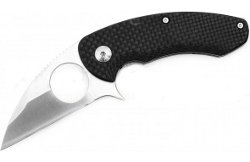
Silent Soldier Flipper – $279
From: BladeHQ KnifeCenter
Although the SSF is limited to only 500 pieces, there are still a few available at BladeHQ.
